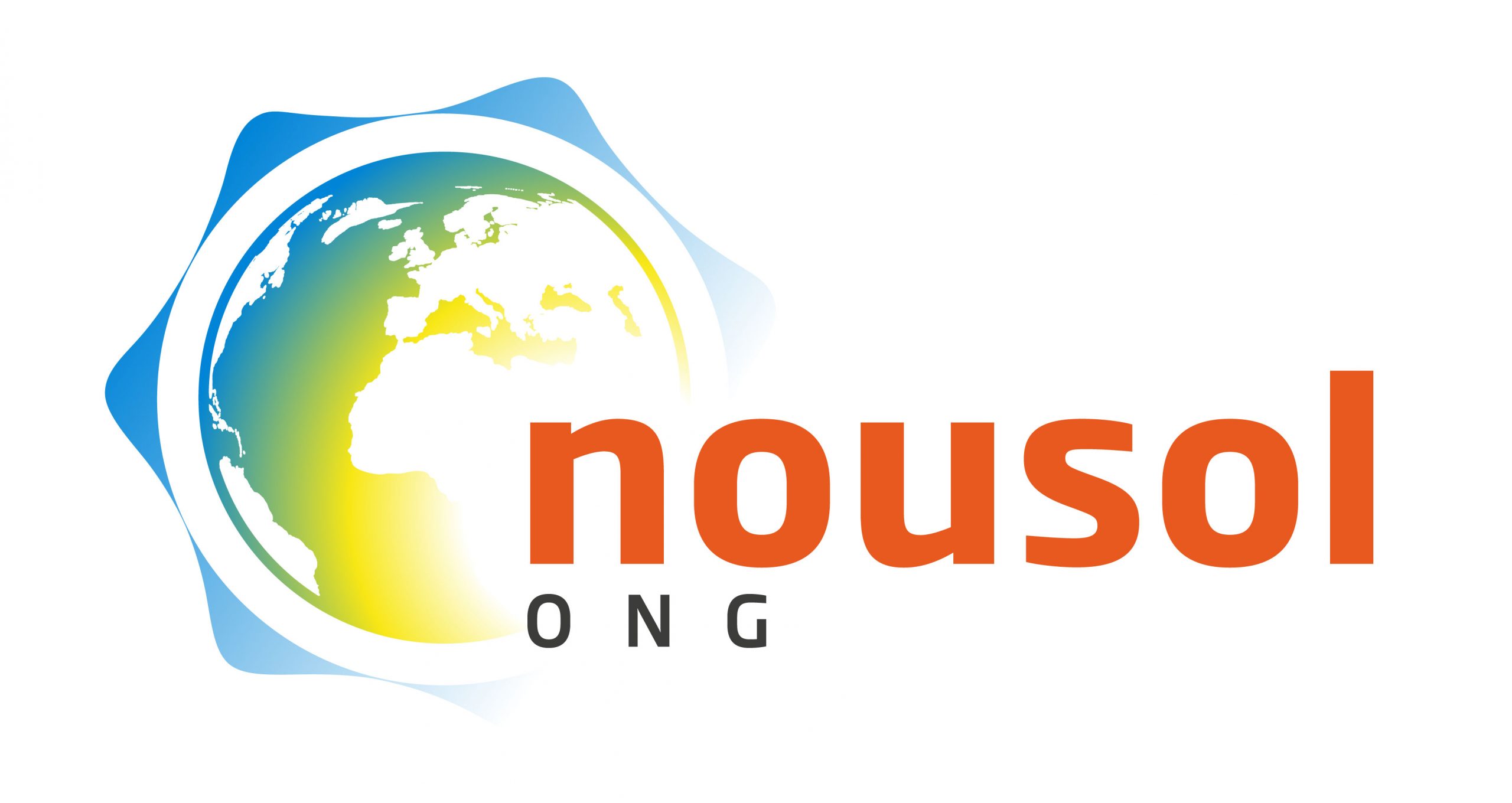We have been just a little more than a week in the city of Kathmandu, adapting us to a sweltering heat, to an unknown continent and country, and to very long working hours. The monsoons begin to appear and tasks in order to provide those people who have lost everything, seem that never finish. The city has regained a semblance of normalcy. The earthquake is evident in the many camps for displaced people which are located in every open-air space, soccer field or plot of Kathmandu. In fallen buildings, in cracks and scars present in the facades and in the tourist streets of Thamel, where these days only volunteers from around the world come together.
We have not had the opportunity to visit any rural town yet. There has been total devastation. Colleagues who come back from missions tell us the cruel reality that exists. Plastics, corrugated sheets and bamboo must resist until the reconstruction is feasible. The last few days we have diversified our work in many fields.
The architectural reconstruction
We are working on establishing synergies with various local and international NGOs, groups and architects are preparing permanent architectural projects. The reconstruction will be long and laborious and it is necessary to go all together. It seems quite clear that it will be very difficult to build anything until after the monsoons. This will provide a sufficient time span to study the situation and prepare the necessary projects. In a country where haggling prices is usual, where it is difficult to find appropriate tools and machinery, and where the most affected centers are several hours away by car through impassable roads or even without access, the logistics of any project is presented as a challenge that needs to be well addressed in advance.
Swoyambhu Camp for displaced (Monkey Temple)
In many camps of Kathmandu, the situation is very complicated. The humanitarian aid of the large NGOs is not always present in the smallest locations. Many shelters have been built by the Nepalese themselves, often people with very few resources and who are only provided with a pair of plastic sheeting. The health situation is delicate, the public baths are saturated and they can be a source of infection. The government seems more concerned in avoiding that these people live permanently in the area, than in providing minimum services to its citizens. Many children in rural areas, often unaware of the difficult situation they live, play during school hours, sometimes because their schools remain closed, or because the family cannot afford to continue paying the monthly fees. However, it is amazing how these people have not lost the smile and the desire to succeed. The Swoyambhu camp for displaced, where about 400 people live, is a clear case. The Hugging Nepal group (www.huggingnepal.org) together with Tents to Nepal (upliftconnect.com/tents-to-nepal/) and the All Hands NGO (hands.org) have started a humanitarian aid project focused on improving the situation in the camps thanks to the construction of large tents. These tents are used as emergency shelters and are shared among several families, common areas or temporary schools. The tents are constructed with a bamboo structure that is manufactured and assembled in-situ, and large canvases that are used as cotton cover. So far the Hugging Nepal group has been commissioned to provide bamboo and mounting material, the Tents to Nepal group provides tarps imported from India and the NGO All Hands facilitates the volunteers. Our organizations are cooperating in this project by dealing with the project management and training volunteers. From time to time they have also initiated some recreational and educational activities for children. Paintings, balloons, books or interactive games aim to entertain the lives of children.
IDP Boudha camp
More than two days ago, another camp for displaced people was visited, the Boudha. Despite being its dimensions five times the Swoyambhu field, the problematic seems to be the same. This field threatens, because of its size, to become a new city slum, but apparently the organization is more effective. The intention is to build as many tents as possible before the arrival of the monsoons. The tasks of each participating group are just being organized and distributed.
Cooperating
We are currently in constant communication with the NGO Be Human Nepal, Hugging Nepal and Tents to Nepal groups, the NGO Small World, the emergency rescue group Fire Barcelona, the NGO All Hands, local architects such as AVARI and so on. The collaboration among volunteers here in Nepal flows without many difficulties and are open to cooperation with other aid groups. Union means strength and here in Kathmandu these words take a new dimension.

